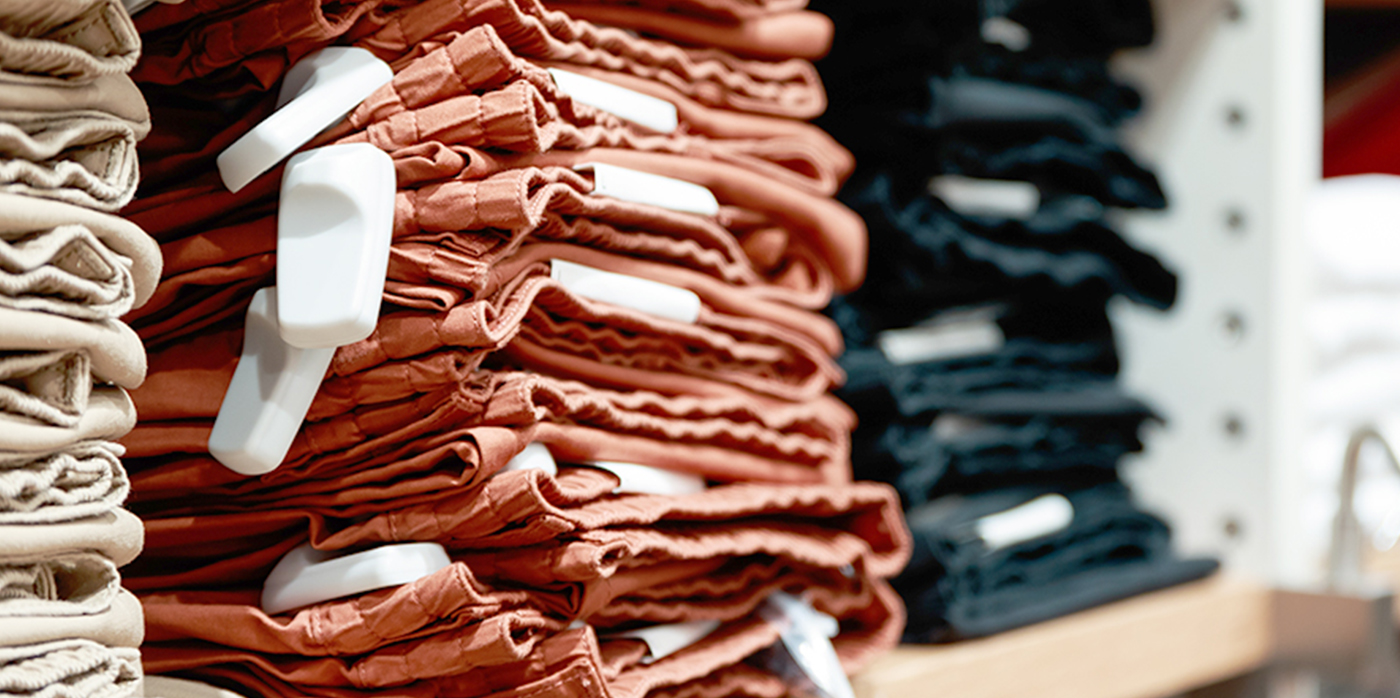Is it time to rethink your security tags?

As retail rebounds in the wake of Covid-19, it’s imperative retailers do not let their loss prevention fall by the wayside.
Although the focus might be on social distancing in-store along with contactless service and a greater online/in-person crossover, the reality is shoplifting remains a major contributor to retail loss, and could potentially increase due to tough economic conditions.
As part of any refocus on loss prevention, a key area many retailers should be concentrating on is their Electronic Article Surveillance and the security tags that serve to protect merchandise at a product-based level.
So, what exactly should they consider?
The success of EAS
Electronic Article Surveillance (EAS) is widely considered one of the most effective loss prevention strategies available to retailers. Used to protect items at a product-based level, it can reduce shoplifting and theft by up to 80 per cent.
But like all technology, ensuring your EAS remains effective requires retailers to be on their game in terms of innovation and ongoing investment. Why? Because what worked 10 or even five years ago may no longer achieve the results you require.
With that in mind, here are a couple of key reasons you may need to rethink your security tags…

They’re not strong enough
Security tags come in different magnetic locking strengths, ranging from Standard to SuperLock, HyperLock and even Multi-Polar.
If your retail outlet encounters tags that have been discarded in the changeroom or on the floor, it’s often a sign that they’re not strong enough and shoplifters have managed to thwart the magnetic locking system.
The minimum strength currently recommended is SuperLock while HyperLock provides additional security and Multi-Polar offers technology that is near impervious to illicit removal.
They’re the wrong type
Security tags come in a range of shapes and sizes, with some even purpose-designed for specific products. Using the right tag in the right circumstances impacts how effective your EAS system is, and also affects the look and feel of your store along with the customer experience.
For example, small lightweight tags are the preferred option for lingerie, with styles like the CrocTag considered ideal for products such as bras.
When protecting items like handbags or sporting shoes, tags which are accompanied by lanyards and cables are preferred. These secure cables and lanyards lock into the security tag, but do not physically pass through the product and can be affixed to straps, shoelace holes or zipper heads.
Meanwhile, there are even tags that are specifically designed to secure high-end liquor, eyewear and sporting goods such as golf clubs.
The pins aren’t big enough
Security tag pins pass through a product and then lock into the component of the tag which houses the EAS transmitter. They come in a range of sizes and shapes, and can also offer additional security features like ink dye.
Again, if your retail outlet finds tags have been removed, it could be a sign you need to rethink the size or shape of the pinhead.
Large pinheads are harder to force through a product without damaging it, while pinheads that correspond in size and shape with the security tag transmitter are more difficult to prise apart.
Clamshell type pinheads are often recommended to stop this type of illegal removal.
You’re looking for additional benefits

In addition to improving your in-store loss prevention, the latest security tags can also incorporate inventory and stock counting technology like RFID.
Renowned for its inventory accuracy, RFID provides an up-to-the minute, detailed insight into stock levels which improves customer service and enhances the omnichannel offering.
Need a little advice?
Vitag has been a leading supplier of security tags and EAS technology for over 20 years. We’re available to assist with any advice or support you need to ensure your loss prevention is up to par in a changing retail landscape.
You can contact us directly here, or peruse our comprehensive range of security tags here.